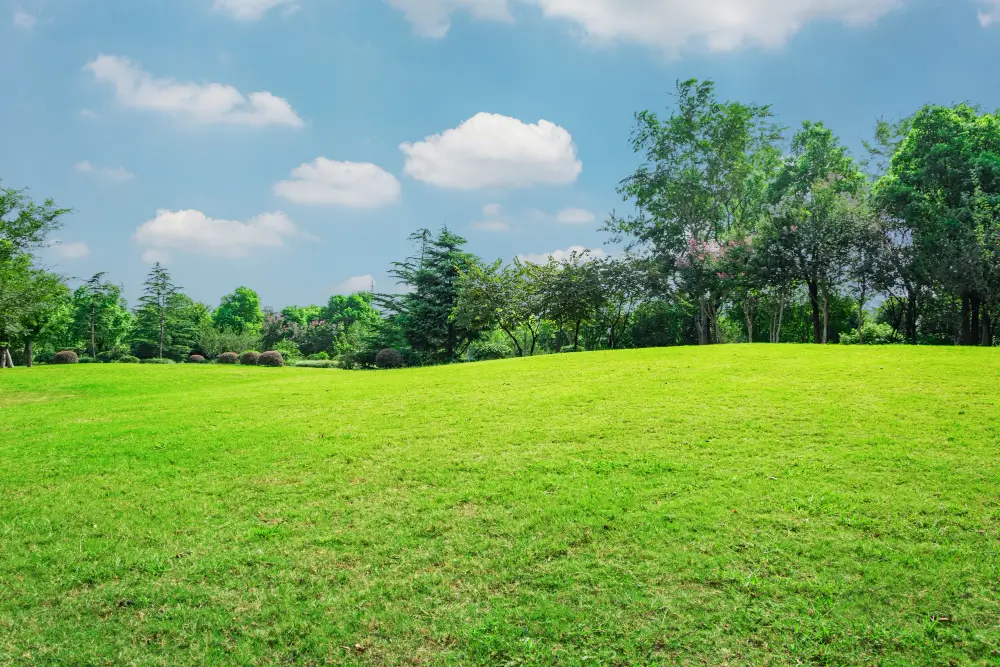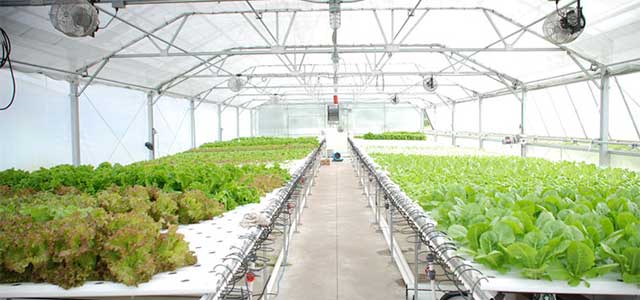More than simply watering and mowing is needed to have a lush, green lawn in the summer. It needs a planned strategy that includes timely care, appropriate maintenance methods, and soil health. Your lawn is an ecosystem that can flourish with proper care, not simply a patch of grass.
1. Soil Analysis and Amendments
Vibrant lawns are built on healthy soil. To determine the pH level and makeup of the soil, do a comprehensive investigation before beginning any lawn care program. You may increase soil fertility and structure by choosing the appropriate additions with this analysis. While sandy soils could need additions to promote water retention, clay soils benefit from amendments like organic matter to aid drainage. Aerating the soil regularly helps to keep it less compacted and enables roots to grow deeper, more effectively obtaining nutrients and water.
2. Selecting the Right Grass Variety
Selecting the right kind of grass for your area and unique circumstances is essential to having a resilient lawn. While warm-season grasses like Zoysia or Bermuda are better suited to hotter southern locations, cool-season grasses like Kentucky bluegrass or fescue flourish in northern settings with moderate temperatures. When choosing grass seed or sod, consider variables including soil type, foot traffic, and sunshine exposure. Every variety has distinct qualities that influence its overall look, drought resistance, and care requirements.
3. Watering Techniques and Schedule
Maintaining a healthy lawn requires effective watering techniques, particularly in the sweltering summer months. Drastic watering promotes drought resilience and deep-root development. Watering regularly and deeply is preferable to watering shallowly every day, which might encourage shallow root systems that are susceptible to heat stress. Watering in the morning minimizes water loss due to evaporation and fungal development. To avoid overwatering, which may result in root rot and weed growth, modify your watering plan by the weather and rainfall.
4. Fertilization Strategies
Applying the proper kind and quantity of fertilizer at the correct times is essential to encouraging your grass to grow vigorously and have a rich green hue. Three vital nutrients—nitrogen, phosphorus, and potassium—support many facets of plant health. Higher nitrogen levels in a balanced fertilizer promote foliage growth, while phosphorus helps with root development and blooming. Potassium improves stress tolerance and fortifies the general structure of plants. To lower the danger of nutrient runoff and leaching and to offer a consistent supply of nutrients throughout time, think about using slow-release fertilizers.
5. Weed Control Methods
Weeds take away from the lush beauty of your lawn by competing with it for nutrients, water, and sunshine. Herbicide-free weed control may be achieved by putting integrated weed management strategies into practice. Weeds are shaded out and prevented from growing when lawns are regularly mowed at the proper height. You can also opt for a professional lawn care company to help you in this regard. The environmental effect of hand-removing weeds or applying spot treatments of pesticides tailored to certain species is reduced. Weed development is naturally inhibited by maintaining thick and healthy grass via appropriate cultural methods, such as overseeding barren spots and encouraging robust root growth.

6. Mowing Techniques
Your lawn’s appearance and overall health are greatly enhanced by regular mowing. To prevent stressing out your grass variety, set your mower blades to the appropriate height. More height in the grass allows for deeper root development, less moisture loss, and soil shading. To avoid shock and tension, do not cut off more than one-third of the grass blade length in a single mowing session. Every time you mow, switch up your mowing techniques to avoid compacting the soil and promote the development of upright grass. Maintaining sharp mower blades will provide precise cuts that reduce disease susceptibility.
7. Pest and Disease Management
Pests and diseases that might harm your grass can be prevented and managed with careful observation and prompt action. Through routine examination, find typical lawn pests like armyworms, chinch bugs, and grubs early on. Beneficial insects that naturally reduce pest populations include nematodes and ladybugs. To improve grass plants and lessen their vulnerability to diseases like brown patches or dollar spots, use cultural activities like adequate watering and fertilization. If required, treat particular problems right away with targeted fungicides or insecticides, carefully reading label directions to minimize environmental damage.
Conclusion
A comprehensive strategy that tackles soil health, appropriate grass variety, efficient watering and fertilizer, weed control, mowing procedures, and insect management is needed to achieve a lush, green lawn this summer. You may create a lawn that improves your outside area and serves as a verdant haven all year long by following these seven crucial measures diligently and consistently. Make taking care of your lawn a fulfilling project that produces lovely outcomes that you can enjoy and your neighbors can appreciate.





